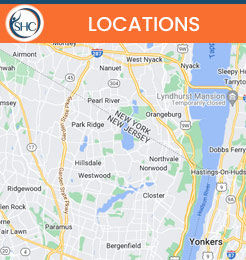Everything You Need to Know About the Graston Technique
The Graston Technique, a form of Instrument-Assisted Soft Tissue Mobilization (IASTM), is an innovative therapy that can effectively relieve pain and improve mobility. At The Spine & Health Center of New Jersey, Dr. Kelly Blundy, IFMCP, DC, BCIM, ART, and her experienced team utilize this technique to address a variety of musculoskeletal conditions. If you’re seeking a non-invasive approach to pain management, the Graston Technique may be an excellent option. For more details, contact us today or book an appointment online now! We have convenient locations to serve you in Closter NJ, Montvale NJ, and Park Ridge, NJ.




Additional Services You May Need
▸ Acupuncture
▸ Physical Therapy
▸ Chiropractor
▸ Functional Medicine
▸ Sports Performance
▸ Vestibular Physical Therapy
▸ Schroth Method For Scoliosis
▸ Active Release Technique
▸ LSVT BIG For Parkinsons
▸ Pediatric Chiropractic Care
▸ Graston Technique Muscle Therapy
▸ Functional & Kinetic Treatment with Rehabilitation
▸ Trigenics
▸ Blood Flow Restriction Therapy
▸ Head & Neck Pain
▸ Shoulder Pain
▸ Back Pain
▸ Elbow Pain
▸ Hand & Wrist Pain
▸ Hip Pain
▸ Knee Pain
▸ Foot & Ankle Pain
▸ Post-Operative Treatment
▸ Pediatric Physical Therapy
▸ Anxiety & Stress
▸ Personal Injury
▸ FMS/SFMA Trained
▸ Titleist Performance Institute Certified
▸ Kinesio Taping/Rock Tape
▸ Pregnancy Chiropractic








